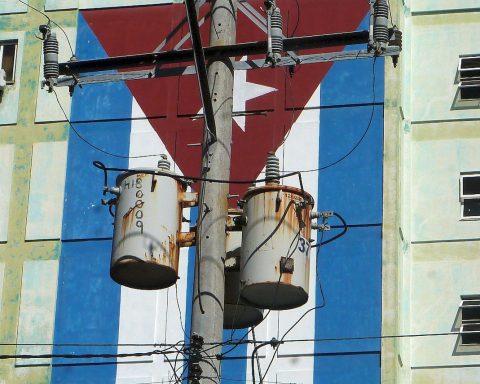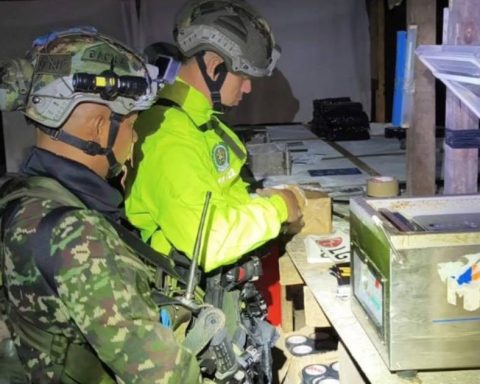SAN LUIS POTOSÍ, Mexico.- Vicente de la O Levy, Minister of Energy and Mines of Cuba, explained this Thursday in a appearance on national television that the electrical system is very fragile although, as specified, the conditions are not the same as those that caused the system to collapse weeks ago.
The official explained that the fall of system It was caused by a total fuel deficit and electricity was only being generated with thermoelectric plants and gas. These days, although the impact is great, the blackouts will decrease and it is expected that they will be fewer by the weekend.
“We didn’t have distributed generation, we didn’t have the patanas, and we only had that generation,” he said.
“Tense” and “complex”
The current situation was described as “tense” and “complex” by the minister, although he described it as a different situation.
“Today we don’t have Felton, which is a very important unit. We catalog Felton-Céspedes-Guitera, the backbone of the National Electroenergy System of Cuba. It was up to (Felton) maintenance in those days and we did not consciously give it to her, we did not give her maintenance to be able to get through those days,” she stated in the national media and justified that if they did not stop her for maintenance she would ” shoot”.
La Céspedes, he pointed out, is also outside the SEN after the collapse. “That is a unit that alone tried to respond to the entire system outage and caused damage. The unit was damaged and the repair is going to take some time.”
Although the fuel deficit continues, the official admits that the levels are not at zero, and the Havana lakes are generating electricity, as are the Moa and Energás sites.
“We officially say that the conditions are not there for the system to collapse. The system is weak,” he warned.
Low fuel
The little fuel they have, added De la O Levy, is concentrated “in one region of the country” and from there they must transfer it to the entire island, he explained.
“You have to implement large, strong logistics to take it to the entire country and that takes time, that takes resources, and then you see the recovery as that logistics begins to work.”
In this regard, he argued that due to the waves, ships with fuel had not been able to dock in the ports until this Thursday morning.
“They were able to dock because they are aware of the situation caused by the delay in fuel hours and that also delays the supply of fuel. We are going to have a slight recovery from this situation from now on,” he continued.
Although the blackouts do not decrease, De la O triumphantly expressed that winter would soon arrive and demand would drop.
The Electrical Union (UNE) advertisement that the blackouts will simultaneously cover half of the national territory during peak hours (afternoon-night) this Thursday. In this way, the daily impact of the electrical service recovers the maximum values prior to the total blackout of the countrywhich occurred from October 18 to 22.
Specifically, for this Monday the UNE calculated a maximum electricity generation capacity of 1,630 megawatts (MW) and a demand of 3,150 MW, for a deficit of 1,520 MW.
















